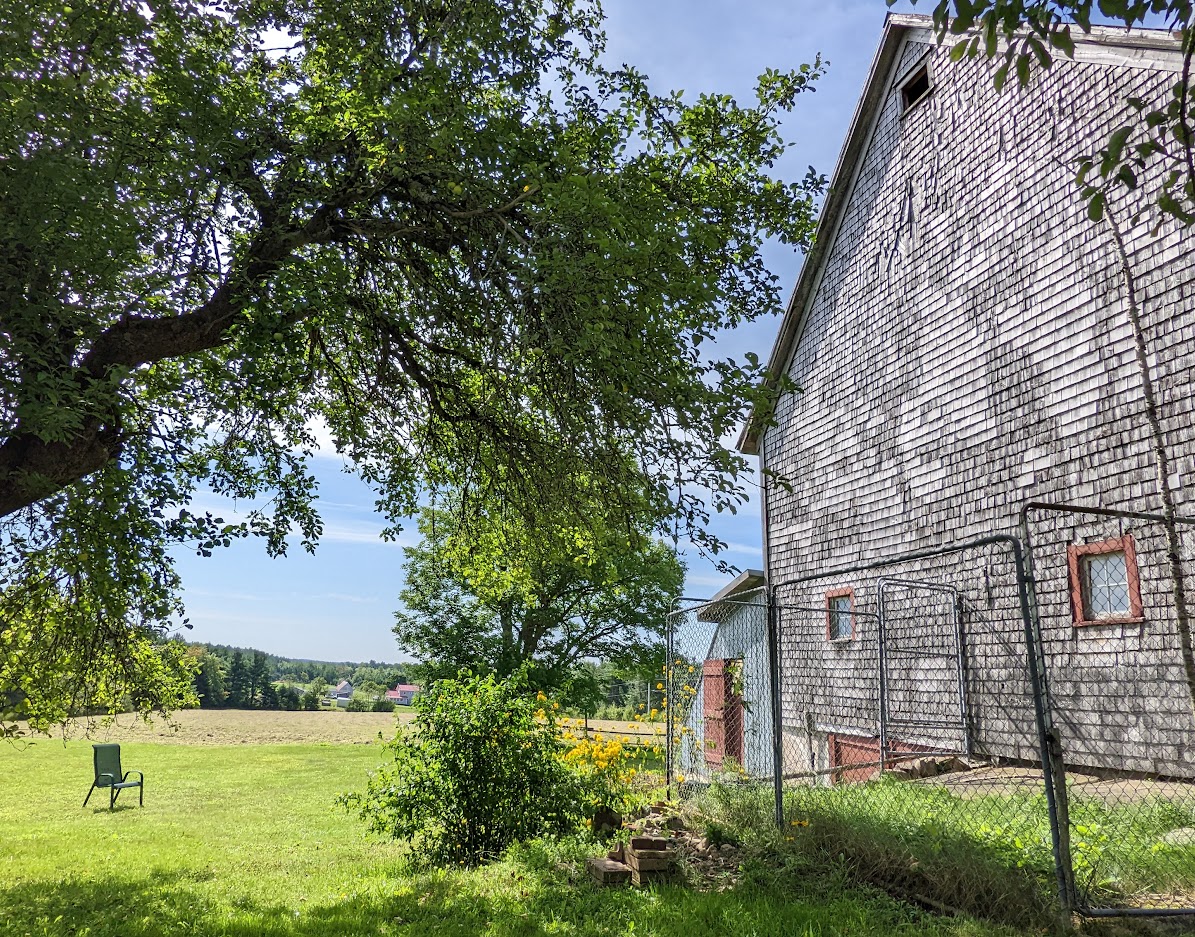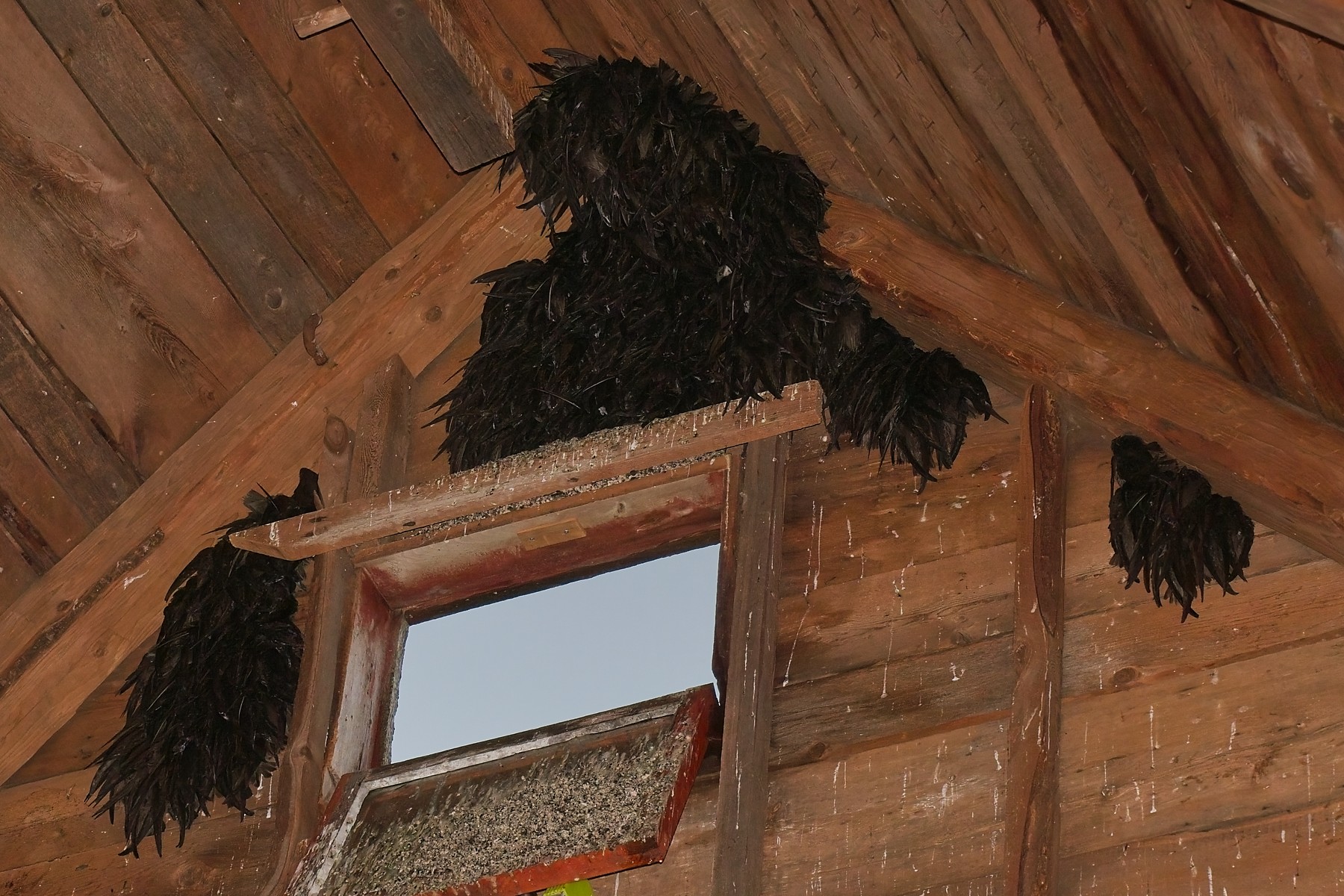By Rielle Hoeg, Aerial Insectivore Outreach and Data Specialist
The high twittering and erratic flight of Chimney Swifts grace the skies of towns and cities across eastern North America throughout spring and summer. These aerial acrobats spend almost their entire lives in the air, scooping up insects, and only resting when they land inside of a chimney to nest or roost.
Before chimneys, swifts built their nests and roosted inside large, hollow trees. Land clearing for logging, agriculture, and development wiped out much of this natural habitat found in old-growth forests.
Swifts were able to adapt by using brick chimneys, but now even this habitat is in danger of disappearing because of age and disuse. This loss of chimney habitat, combined with threats like flying insect declines and climate change, have led to a 90% population decline in Canada since 1970.
Preserving and building habitat for Chimney Swifts
There are a couple of ways to tackle the loss of chimneys.
One is by building artificial towers out of wood or brick, which can be expensive and risky because swifts may not use them.
The second, more feasible option is to find and preserve existing chimneys that we know swifts are already using. Chimney Swifts like to use the same sites each year, so keeping these sites intact is usually the easiest and least expensive way to protect their homes.
The unique story of the “Barn” Swift
A pair of Swift- and Swallow-Friendly Property owners in Nova Scotia had quite a surprise in July 2022 when their barn suddenly became a safe haven for 29 swifts.
Then 49.
Then 94 swifts at their peak!
These Chimney Swift hosts were no stranger to this species. Their barn had a nesting pair of swifts several times over the years, but this behaviour was something new. Each spring, these swift stewards open their barn window to let Barn Swallows and Chimney Swifts in to nest, and do their best to deter species like Rock Pigeons or European Starlings that might keep the swifts and swallows away.
These swift stewards keep notes about the arrival and departure of many of the bird species on their property, so it’s been a natural fit for them to count the swifts as often as they can. The swifts are quite literally right in their backyard!

Photo: Rielle Hoeg
They were able to capture a photo of the swifts huddled at the peak of their barn, and the picture is nothing short of incredible! Everyone in the Atlantic Birds Canada office was huddled around the computer screen to ogle the photo! At first glance, the dark masses look like some sort of fungus taking over. Closer inspection reveals hundreds of pairs of long, crisscrossed wings, the sheen of feathers, and a few birds scrambling to find a better spot in the huddle. It doesn’t look all that comfortable, but this swift “cuddle puddle” keeps them warm and sheltered from the cool, rainy weather outside. The swift stewards shared that the swifts would zip out in small groups to feed on insects during breaks in the rain, and eventually, when warm weather returned, they happily departed to hunt!
What makes this discovery extra exciting is that, to our knowledge at the time of writing this article, we have not heard of Chimney Swifts roosting in a barn before. We have nest records in barns and other buildings, but this behaviour is new to us, and something to look out for! While the swift stewards are lucky to be witnessing these threatened birds roosting up close, the Chimney Swifts themselves are also lucky to have found a spring and summer home where they are safe and well cared for. As chimneys and trees disappear, they found refuge on the property of a pair of truly kind-hearted individuals.

Swifts huddled at the peak of the barn.
How you can become a swift steward
These swift stewards were excellent Chimney Swift hosts to begin with, but now they also collect important roost monitoring data which helps us measure how well Chimney Swift populations are doing in Canada.
If you host swifts or are interested in volunteering, please visit SwiftWatch or reach out to marswifts@birdscanada.org.
Plus, homeowners can apply for Swift- and Swallow-Friendly property signs if they take action for swifts or swallows. This includes protecting their nesting and roosting habitat (chimneys, barns, etc.), agreeing to commit to maintaining habitat, providing food by means of a bird and insect-friendly native plant garden, and more.
